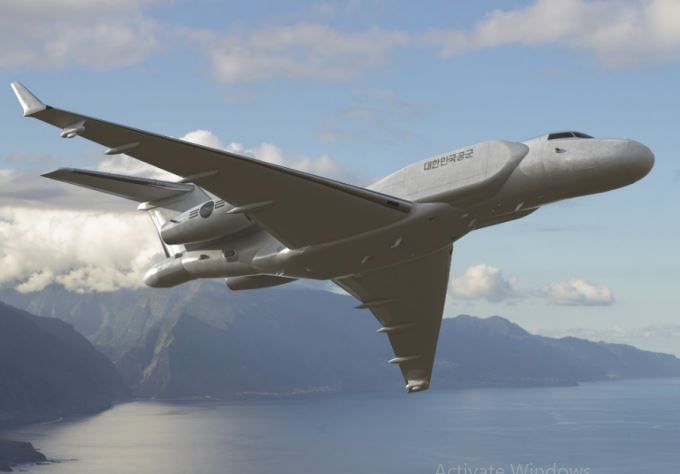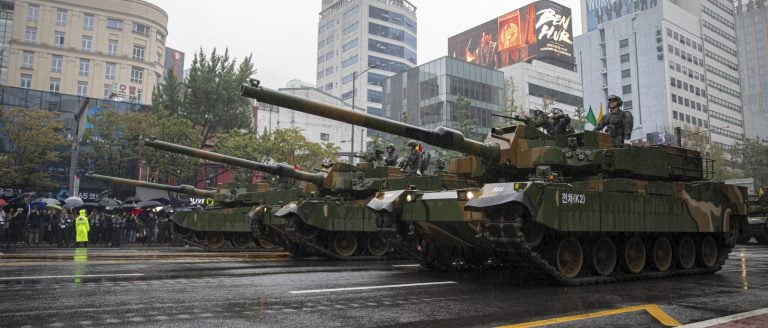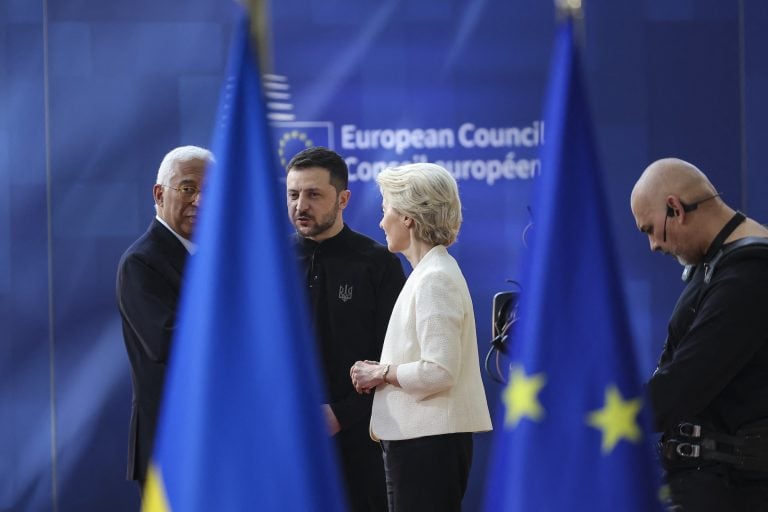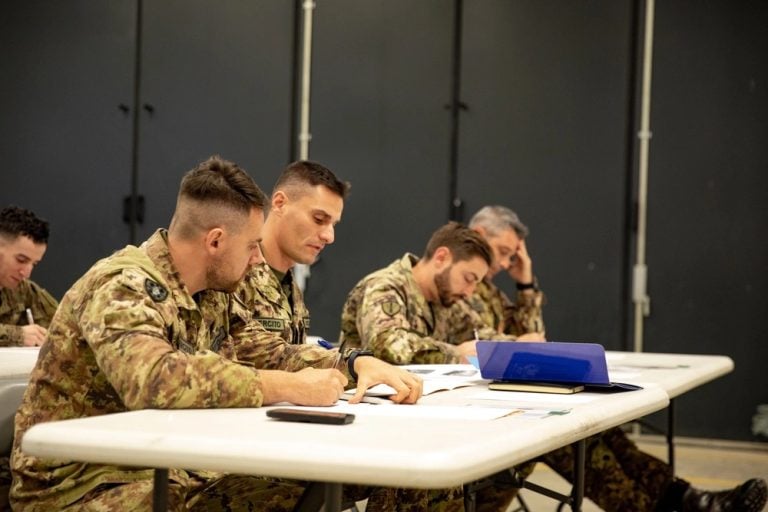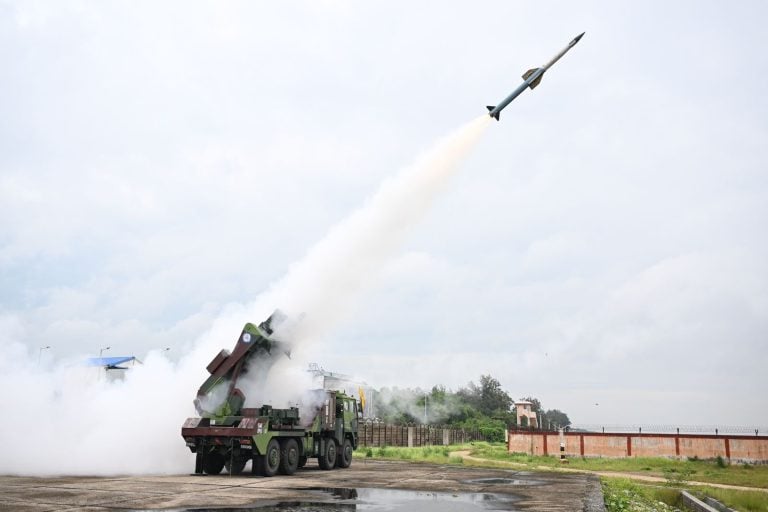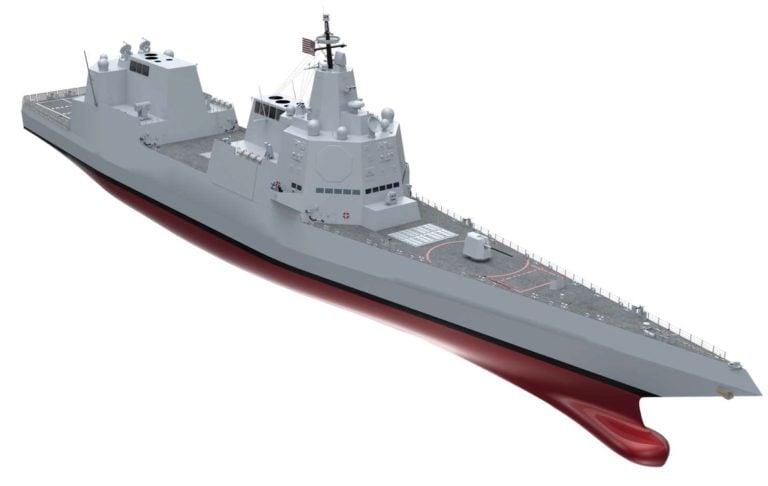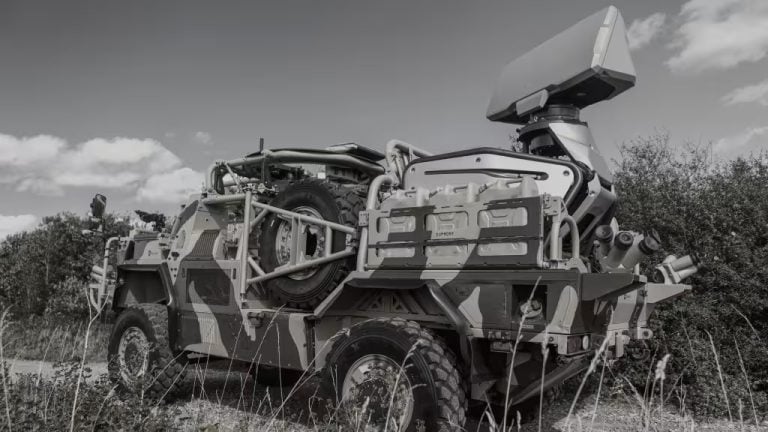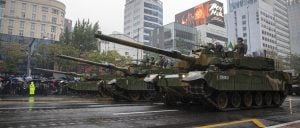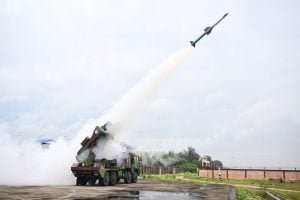South Korea’s Defense Acquisitions Program Administration (DAPA) has announced its decision to utilize an L3Harris Global 6500 business jet-based solution as the foundation for the country’s upcoming airborne early warning and control (AEW&C) aircraft. This initiative will see the delivery of a total of four new aircraft by 2032, enhancing South Korea’s existing capabilities alongside its four Boeing E-737 Peace Eye AEW&C aircraft, which have been operational since 2012.
The E-737, South Korea’s variant of the E-7 Wedgetail, is a platform also in use by the US Air Force, NATO, and the UK, as well as countries like Turkey and Australia. However, the E-737 has been facing challenges with low mission availability rates. This situation contributed to South Korea’s determination to advance its AEW&C capabilities through the introduction of a next-generation upgrade.
The government has committed approximately 3.87 trillion won (around $2.82 billion) to finance the new AEW&C program, reflecting a strategic response to escalating aerial threats posed by North Korea and other regional adversaries. DAPA indicated that this project aims to enhance South Korea’s ability to conduct consistent aerial surveillance of enemy threats during both wartime and peacetime, and to facilitate effective air control missions executed by the Korean military.
In its proposal, L3Harris plans to equip the Bombardier platform with the advanced EL/W-2085 radar, developed by the Israeli defense electronics company Elta. This radar system is already in use by several countries, including Israel, Italy, and Singapore, and is known for its side-mounted active electronically scanned arrays, along with supplementary antennas positioned in the nose and tail, providing comprehensive 360-degree coverage. Notably, the radar employs Gallium Nitride technology for improved performance.
The selection of L3Harris over its competitor, Saab, which also proposed its own Global 6500 platform featuring the Erieye Extended Range radar, came after a closely contested evaluation process. DAPA assessed various criteria in making its decision, including the proposed support package and potential contributions to South Korea’s domestic defense industry. While both candidates received comparable evaluations on equipment performance, L3Harris excelled in areas such as operational suitability, support for domestic defense efforts, and management of operation and maintenance expenses. Meanwhile, Saab garnered higher ratings for contract terms and acquisition costs, but ultimately, the overall scores favored L3Harris in the final assessment.
